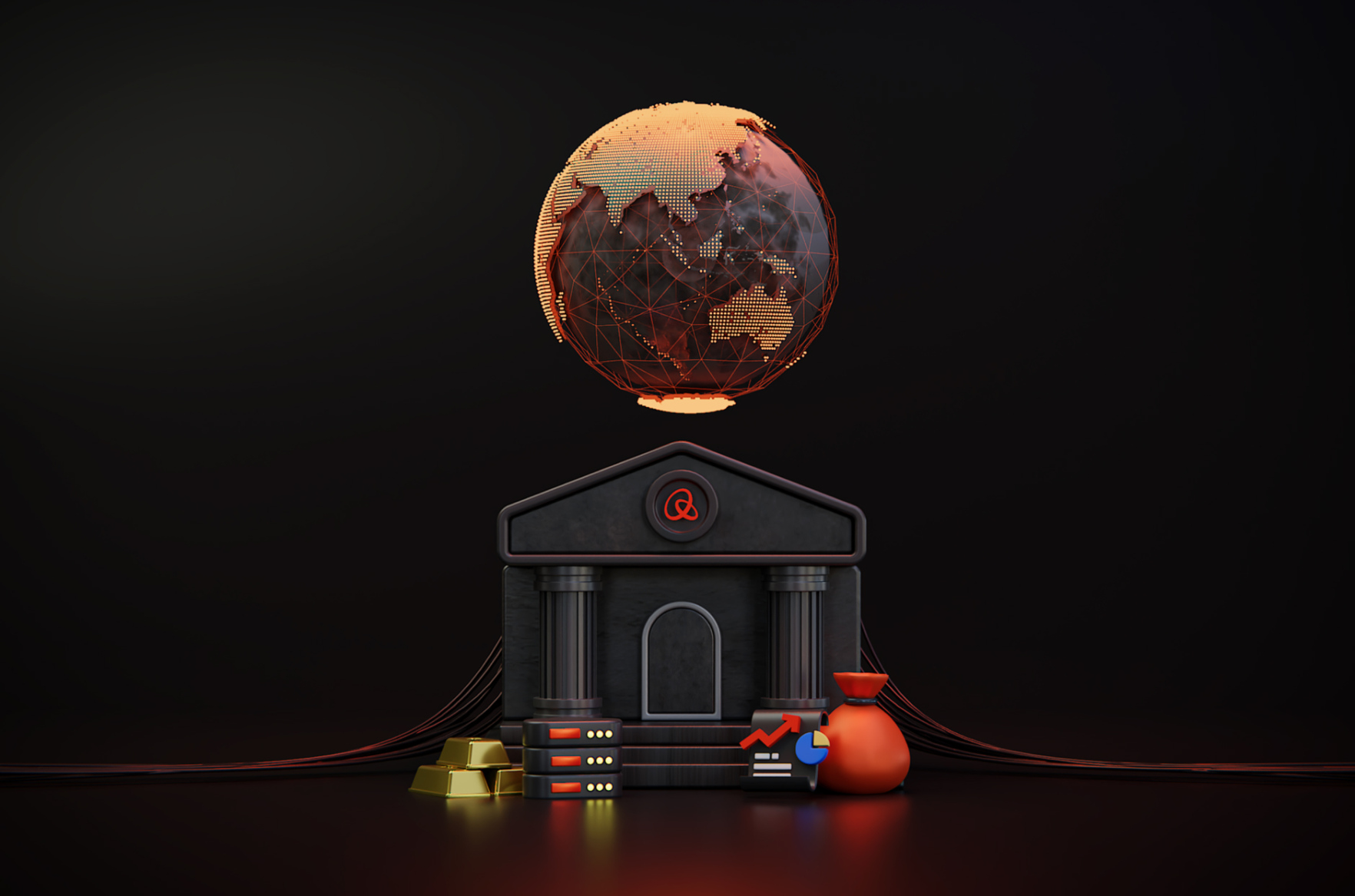Tokenization is the New Trade Layer

What you’ll learn:
- How to identify markets where tokenization solves real problems, not imagined ones.
- Which layers of the tokenization stack are saturated versus wide open for innovation.
- How to analyze competitive dynamics unique to Web3 tokenization markets.
- Strategic frameworks for finding opportunities in failing institutions, regulated markets, and frontier sectors.
- Where global tokenization activity is concentrated and why it’s relevant for your go-to-market.
- How to transform market insights into technical decisions about chains, compliance, custody, and distribution.
- How to build products that capture value as traditional systems fragment – a step-by-step guide.
Let’s pick up where the previous report left off. Here’s a quick recap of what you found out in Tokenization Works: Where Founders Should Focus Now.
You now understand the success of stablecoins and what it could signify for the future of tokenization. Moreover, you have a good grasp of the relevant market opportunities.
There are two primary areas you could focus on:
- Using the White Spaces Analysis identified underserved niches in crowded markets and demonstrated the need to complement existing structures with additional services. In these markets, your chances to grab market share grow when you specialize your offering in support of existing projects, i.e., with abstraction, UX, or compliance.
- If you prefer to dive into a Blue Ocean, you now have an idea of where to find them. They include fractional ownership of real estate, fine art, or other collectibles, as well as tokenized carbon credits or intellectual property.
Whichever way you decide to turn, the previous report provided you with a rough map of what to expect. But you also understand that the name of the game is no longer digitizing traditional assets only. It’s about creating infrastructure (infra) and intuitive applications that unlock the true potential of tokenized assets at scale.
That is what this report will address.
Marko Vidrih, Co-Founder of RWA.io, describes this critical transition point: